Shanghai Electric Group Company
On July 30, 2024, Shanghai Mitsubishi Elevator Co., Ltd., a subsidiary of Shanghai Electric, unveiled a 12.5 meters per second ultra-high-speed elevator. This innovation sets a new record for high-speed elevators manufactured in China, demonstrating the company's commitment to advancing vertical transportation technology.
Siemens
On May 7, 2024, Dhaya Maju Infrastructure (Asia) awarded Siemens Mobility a contract to supply signaling systems for Malaysia's Klang Valley Double Track Phase 2 project. This modernization effort encompasses 106 kilometers of track and aims to enhance the reliability and efficiency of the commuter route serving 29 stations between Salak Selatan and Seremban, as well as between Abdullah Hukum and Pelabuhan Klang.
CRRC Corporation
On September 24, 2024, CRRC Corporation introduced two innovative green intelligent trains at InnoTrans 2024 in Berlin:
CINOVA H₂ New Energy Intelligent Intercity Train: This hydrogen-powered train achieves zero carbon emissions and boasts a top speed of 200 kilometers per hour. With a four-car formation, it can carry over 1,000 passengers and has a continuous running range of 1,200 kilometers at 160 km/h, consuming less than 0.3 grams of hydrogen per passenger per kilometer.
Autonomous Rail Rapid Transit (ART) 2.0: Featuring a "Green Peacock" livery, the ART 2.0 combines green technology with oriental aesthetics. Designed for medium-to-low passenger volumes, it blends the benefits of trams and road-based vehicles, adapting to urban transportation needs. The ART employs rubber wheels and virtual tracks, eliminating the need for traditional tracks and catenary systems, significantly reducing construction and maintenance costs.
The Monorail Systems Market has recently seen significant developments, particularly with companies such as Siemens, CRRC Corporation, and Alstom advancing their technologies to address urban transportation challenges. Shanghai Electric Group Company is actively working on projects that enhance energy efficiency in monorail systems. Kawasaki Heavy Industries and Bombardier are collaborating on modernization efforts aimed at improving passenger experience and operational efficiency.
In terms of mergers and acquisitions, there have been noteworthy consolidations within market players, including recent activities by Mitsubishi Heavy Industries and Phantom Rail Systems to expand their market share and technological capabilities. Thales Group has also announced strategic partnerships to integrate smart technologies into monorail operations.
The growth in market valuations for these companies has provided a boost, driving innovations that impact operational efficiency, cost reductions, and sustainability within the monorail sector. Urban Transport Group is enhancing its focus on integrating monorail systems into existing transit networks, thus further highlighting the trend toward increased urban mobility solutions. The ongoing investments and advancements across these companies indicate a positive outlook for the Monorail Systems Market, emphasizing the need for modern, efficient public transit alternatives.
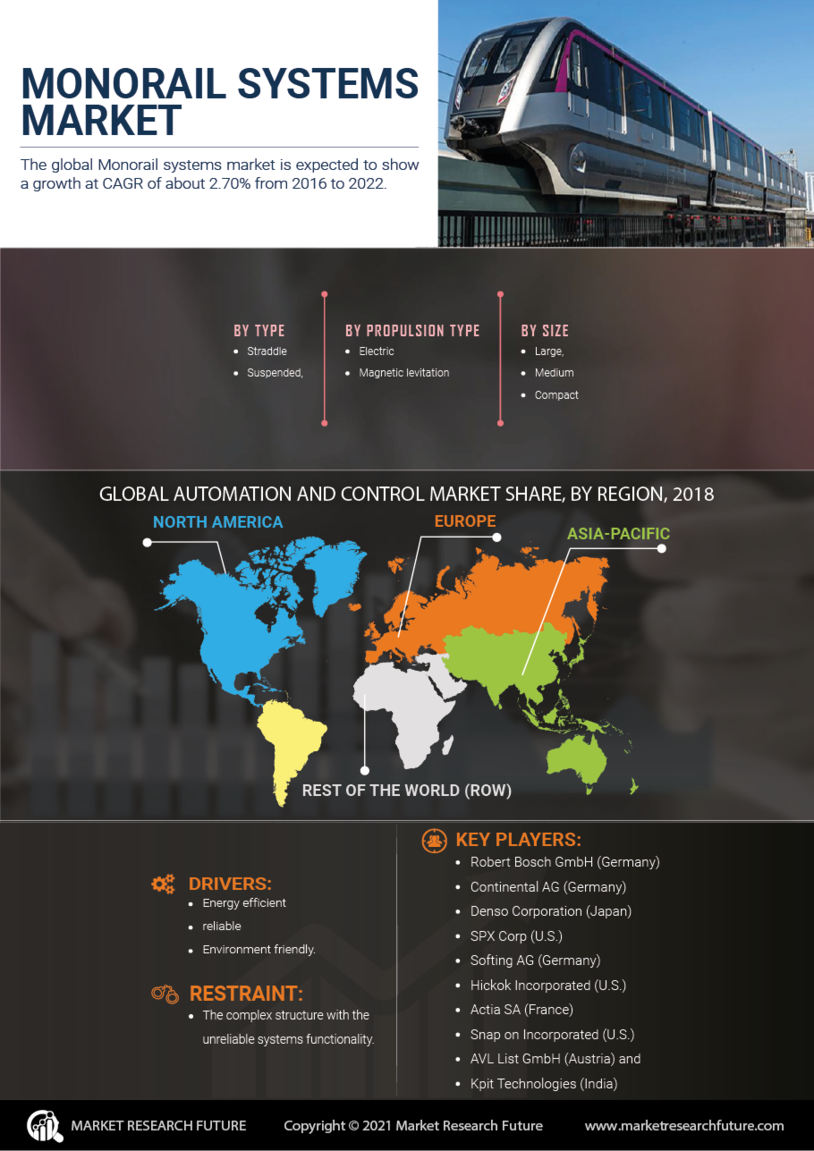

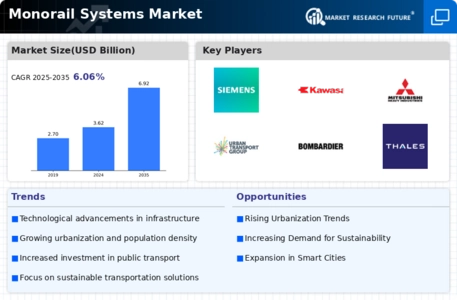
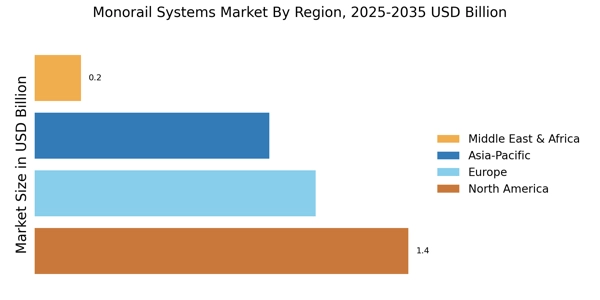
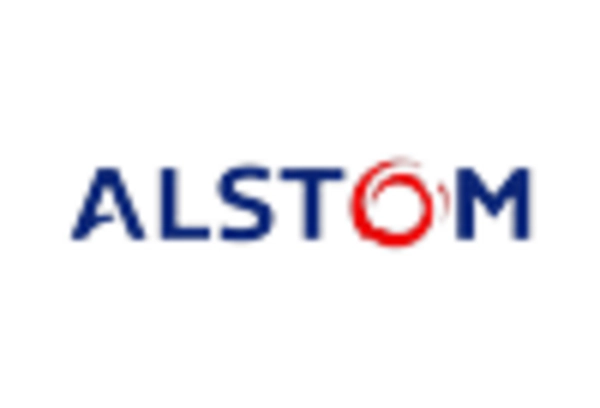
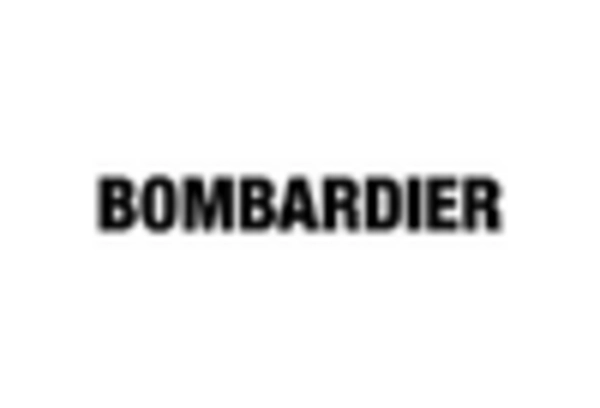

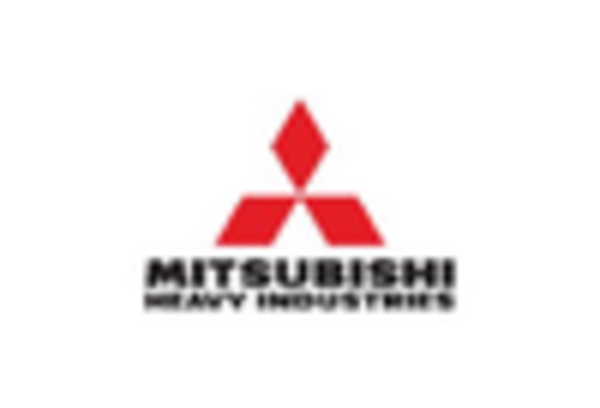










Leave a Comment